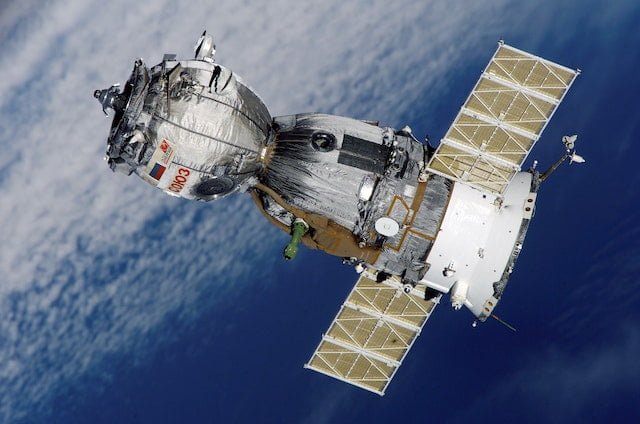First-time ISRO will use the SpaceX Falcon 9 rocket to launch the GSAT-20 satellite a heavy-weight 4700 kg communication satellite in the second quarter of 2024 from Florida in the USA.
ISRO’s commercial branch, New Space India Limited, has inked a deal with SpaceX. This development marks a significant shift for India, which has traditionally relied on the Ariane-5 rocket from the French-led Arianespace consortium for launching heavy satellites. It’s important to acknowledge that Arianespace retired its trusted Ariane-5 rocket, and the launch of its replacement, Ariane-6, has experienced considerable delays. The SpaceX deal represents a notable departure from India’s previous reliance on Arianespace for such missions.
What is ISRO’s GSAT-20 satellite?
GSAT-20, now known as GSAT-N2, is a cutting-edge Ka-band satellite tailored to address India’s expanding broadband communication needs. Operating in the Ka-band, GSAT-20 ensures high-speed broadband internet connectivity and facilitates the transmission of digital video and audio. Boasting an impressive Ka-band High Throughput Satellite (HTS) capacity with 32 beams, it provides comprehensive coverage across India, extending to remote areas like Andaman and Nicobar and Lakshadweep islands.
Why ISRO Need SpaceX Falcon 9 Rocket
Right now, ISRO faces a bit of a challenge because it doesn’t have a super-powerful rocket in its fleet that can handle launching GSLV-20, a hefty 4.7-tonne satellite, into Geosynchronous Transfer Orbits (GTO). ISRO’s most powerful rocket GSLV MK III now called LVM-3 has a payload capacity of 4 tonne in GTO ( Geosynchronous Transfer Orbits ) and 8 tonne in LEO ( Low Earth Orbit). ISRO requires the SpaceX Falcon 9 rocket to launch a hefty 4.7-tonne satellite into Geosynchronous Transfer Orbit (GTO).
Read all about LVM-3 Rocket: A Game-Changer for India’s Space Program
Currently, Right now, ISRO is working on a brand-new rocket named NGLV (Next Generation Launch Vehicle). This rocket is going to be a game-changer with an impressive payload capacity of 10 tonnes into Geosynchronous Transfer Orbit (GTO) and a whopping 18 tonnes into Low Earth Orbit (LEO). It’s still in the development phase, but the plan is to see it take its maiden flight around 2030.
Read also NGLV: Next Generation Rocket for India’s Space Station by 2035
All About Falcon 9 Rocket
The Falcon 9 rocket is the world’s first orbital-class, two-stage reusable launch vehicle, known for its unparalleled reliability and safety in transporting payloads into Earth orbit and beyond. It offers economic benefits through a reduction in price achieved by the reusability of its components. Capable of carrying a payload of 8.3 tonnes into Geosynchronous Transfer Orbit (GTO), it has completed 285 flights to different orbits in space to date.


